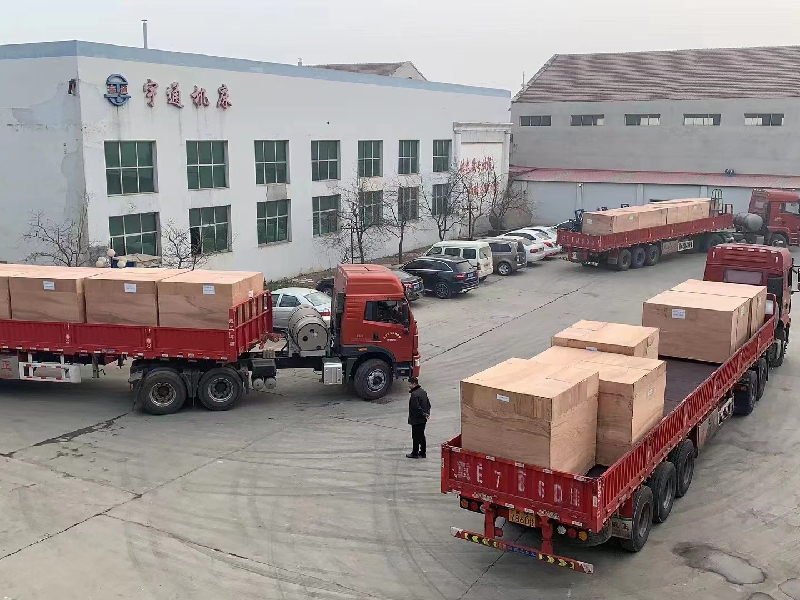
-
 Afrikaans
Afrikaans -
 Albanian
Albanian -
 Amharic
Amharic -
 Arabic
Arabic -
 Armenian
Armenian -
 Azerbaijani
Azerbaijani -
 Basque
Basque -
 Belarusian
Belarusian -
 Bengali
Bengali -
 Bosnian
Bosnian -
 Bulgarian
Bulgarian -
 Catalan
Catalan -
 Cebuano
Cebuano -
 Corsican
Corsican -
 Croatian
Croatian -
 Czech
Czech -
 Danish
Danish -
 Dutch
Dutch -
 English
English -
 Esperanto
Esperanto -
 Estonian
Estonian -
 Finnish
Finnish -
 French
French -
 Frisian
Frisian -
 Galician
Galician -
 Georgian
Georgian -
 German
German -
 Greek
Greek -
 Gujarati
Gujarati -
 Haitian Creole
Haitian Creole -
 hausa
hausa -
 hawaiian
hawaiian -
 Hebrew
Hebrew -
 Hindi
Hindi -
 Miao
Miao -
 Hungarian
Hungarian -
 Icelandic
Icelandic -
 igbo
igbo -
 Indonesian
Indonesian -
 irish
irish -
 Italian
Italian -
 Japanese
Japanese -
 Javanese
Javanese -
 Kannada
Kannada -
 kazakh
kazakh -
 Khmer
Khmer -
 Rwandese
Rwandese -
 Korean
Korean -
 Kurdish
Kurdish -
 Kyrgyz
Kyrgyz -
 Lao
Lao -
 Latin
Latin -
 Latvian
Latvian -
 Lithuanian
Lithuanian -
 Luxembourgish
Luxembourgish -
 Macedonian
Macedonian -
 Malgashi
Malgashi -
 Malay
Malay -
 Malayalam
Malayalam -
 Maltese
Maltese -
 Maori
Maori -
 Marathi
Marathi -
 Mongolian
Mongolian -
 Myanmar
Myanmar -
 Nepali
Nepali -
 Norwegian
Norwegian -
 Norwegian
Norwegian -
 Occitan
Occitan -
 Pashto
Pashto -
 Persian
Persian -
 Polish
Polish -
 Portuguese
Portuguese -
 Punjabi
Punjabi -
 Romanian
Romanian -
 Russian
Russian -
 Samoan
Samoan -
 Scottish Gaelic
Scottish Gaelic -
 Serbian
Serbian -
 Sesotho
Sesotho -
 Shona
Shona -
 Sindhi
Sindhi -
 Sinhala
Sinhala -
 Slovak
Slovak -
 Slovenian
Slovenian -
 Somali
Somali -
 Spanish
Spanish -
 Sundanese
Sundanese -
 Swahili
Swahili -
 Swedish
Swedish -
 Tagalog
Tagalog -
 Tajik
Tajik -
 Tamil
Tamil -
 Tatar
Tatar -
 Telugu
Telugu -
 Thai
Thai -
 Turkish
Turkish -
 Turkmen
Turkmen -
 Ukrainian
Ukrainian -
 Urdu
Urdu -
 Uighur
Uighur -
 Uzbek
Uzbek -
 Vietnamese
Vietnamese -
 Welsh
Welsh -
 Bantu
Bantu -
 Yiddish
Yiddish -
 Yoruba
Yoruba -
 Zulu
Zulu
Efficient Operation and Maintenance of Thread Rolling Machines for Optimal Performance
The Working Service of Thread Rolling Machines
Thread rolling machines play a crucial role in various manufacturing processes, particularly in the production of fasteners and similar components. As industries increasingly demand precision-engineered parts, thread rolling machines have emerged as pivotal tools that ensure high-quality and efficiently produced threads. This article delves into the working service of thread rolling machines, discussing their mechanics, applications, and advantages.
Understanding Thread Rolling Machines
Thread rolling is a cold-forming process that produces threads by deforming the material rather than cutting it. Hollow or solid workpieces made from metals such as steel, aluminum, and brass are placed between two dies. These dies, which are designed with specific thread profiles, apply significant pressure and gradually roll the material into the desired shape, forming threads along the workpiece.
Thread rolling machines operate using several key components the rolling dies, a drive mechanism, and the workpiece holder. The dies are often made of durable materials to withstand wear and tear, ensuring longevity. The movement of the dies can be controlled to accommodate various thread sizes and profiles, making these machines versatile in their applications.
Mechanics of Operation
The operation of a thread rolling machine begins with setting up the workpiece in place, either in a horizontal or vertical orientation depending on the machine design. Once the workpiece is secured, the machine initiates the rolling process. The dies move together, exerting immense pressure on the material, which then flows into the cavities of the dies, creating threads with significant accuracy.
One of the main advantages of thread rolling over traditional cutting methods is its enhanced material utilization. During the rolling process, instead of removing material, the machine shapes it, leading to reduced scrap rates and lower production costs. Consequently, industries that require a high volume of threaded components benefit greatly from this method.
Applications of Thread Rolling Machines
Thread rolling machines are commonly used in the automotive, aerospace, electronics, and construction industries
. They are integral in producing items such as bolts, screws, nuts, and other fasteners that require a strong and precise thread. In the automotive sector, for instance, these machines manufacture critical engine components and assemblies that must adhere to stringent safety and performance standards.thread rolling machine working service

Moreover, the versatility of thread rolling machines allows them to handle a variety of thread forms, including straight, tapered, and special profiles, thereby catering to diverse application needs. As customization becomes more critical in manufacturing, the ability to quickly change dying units enhances the machine's operational efficiency.
Advantages of Thread Rolling Machines
The adoption of thread rolling machines offers several significant advantages
1. Increased Strength The cold-forming process produces threads with higher tensile strength than traditionally cut threads, making them less prone to failure.
2. Cost-Efficiency Reduced tooling and material waste lead to lower operational costs, making thread rolling an economically attractive option.
3. Speed Thread rolling machines can operate at high speeds, significantly enhancing production rates compared to machining processes.
4. Precision These machines deliver high accuracy and repeatability, crucial for industries where precision is paramount.
5. Reduced Post-Processing The smooth finish of rolled threads may reduce the need for further surface finishing processes.
In conclusion, thread rolling machines have revolutionized the production of precision threads in various industries. Their ability to produce strong, accurate, and cost-effective threaded components makes them indispensable in modern manufacturing. As technology continues to evolve, these machines are likely to become even more sophisticated, further enhancing their performance and applications in an ever-demanding market.
